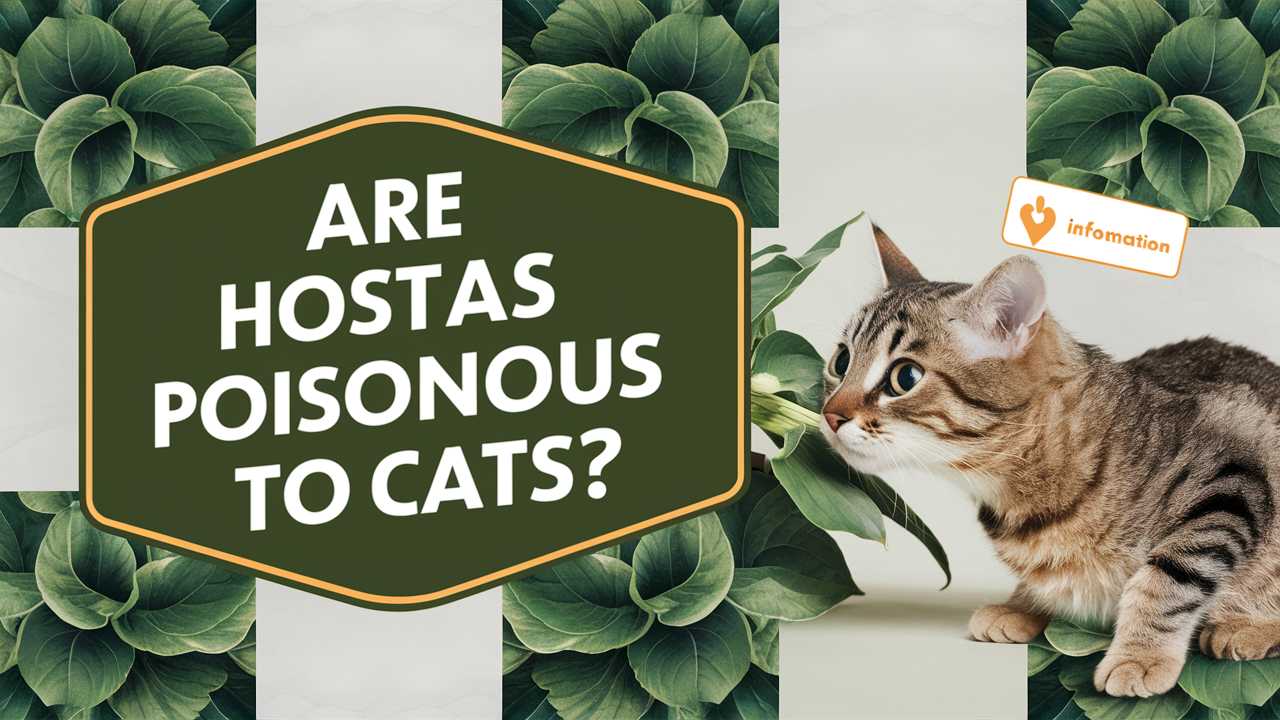In this guide, we’ll dig into whether hostas are truly poisonous to cats, exploring the plant’s characteristics, potential toxic effects, and ways to keep your feline friends safe while still enjoying the beauty of your garden.
Are Hostas Toxic to Cats?
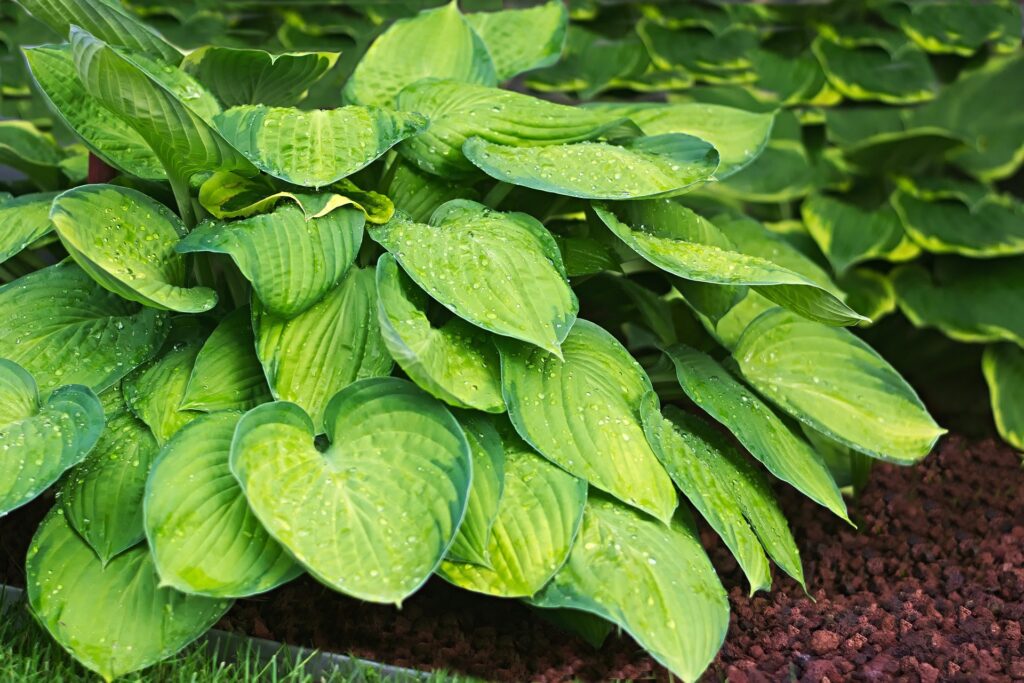
The short answer to this question is yes, hostas are considered toxic to cats. According to the ASPCA (American Society for the Prevention of Cruelty to Animals), hostas contain certain compounds that can lead to varying degrees of toxicity in pets. While the toxicity of hostas is generally considered mild compared to other plants, it’s essential to be informed about the potential risks associated with them.
The Toxic Compound: Saponins
The primary compounds found in hostas that can be harmful to cats are called saponins. These naturally occurring substances can cause gastrointestinal disturbances when ingested. While not all cats will experience severe reactions, saponins can result in symptoms such as vomiting, diarrhea, and lethargy. Understanding this mechanism of toxicity helps explain why even relatively safe plants can pose risks to our curious feline friends.
Signs That Your Cat May Have Ingested Hosta
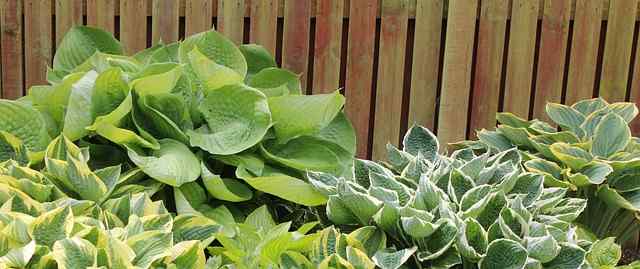
As a pet owner, being aware of the signs of toxicity is crucial. If you suspect that your cat has ingested a part of a hosta plant, watch for the following symptoms:
Vomiting: This is one of the most common reactions. Your cat may vomit shortly after consuming the plant.
Diarrhea: An upset stomach can lead to loose stools, which indicates a digestive disturbance.
Lethargy: If your cat suddenly seems sluggish or uninterested in play, it could be a reaction to something they’ve eaten.
Loss of Appetite: A reluctance to eat may also signify that your cat is feeling unwell.
If any of these symptoms are observed, it’s essential to consult with a veterinarian promptly, even if the symptoms seem mild.
The Severity of Hostas’ Toxicity in Cats
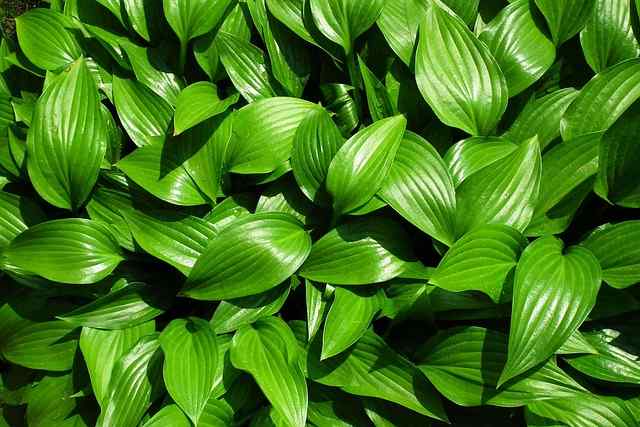
It’s important to note that while hostas are toxic, the effects are generally not life-threatening. Most cases of hosta ingestion result in mild to moderate symptoms that resolve with appropriate care. Nevertheless, each cat is unique, and factors such as size, age, and overall health can influence how they react to a toxic substance.
Young kittens, for instance, may be more vulnerable to the effects of certain plants due to their smaller size and developing immune systems. If you have a young cat or one with existing health issues, extra caution is warranted.
Why Do Cats Eat Plants Anyway?
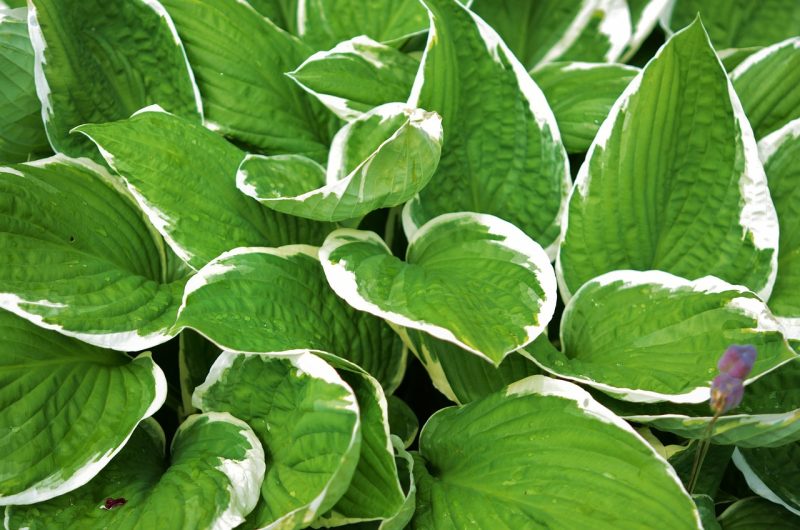
Before condemning hostas or any other plants in your garden, it’s essential to understand the behavior behind a cat’s inclination to nibble on greenery. Cats are natural curious creatures with a wide-ranging diet. While primarily carnivorous, many cats exhibit behaviors that imply a craving for plant material. This behavior may stem from:
Instinctual Behavior: Cats in the wild often consume grass and other plants as a means of aiding digestion, purging parasites, or adding fiber to their diet.
Boredom or Anxiety: Indoor cats, who may lack adequate stimulation, might munch on houseplants as a way to cope with boredom or stress.
Curiosity: Cats are naturally curious animals; a new plant in their environment may be an interesting object to explore with their mouths.
Understanding your cat’s motivations can help you redirect their behavior in positive ways and steer them away from harmful plants.
Strategies for Keeping Cats Safe from Hostas
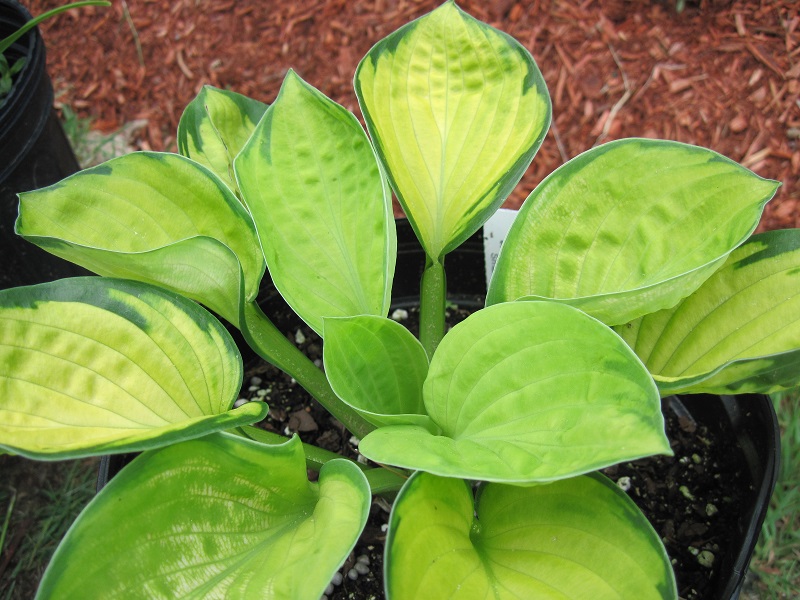
While you may love the look of hostas in your garden, keeping your cat safe requires proactive strategies. Here are some effective measures you can take:
1. Designate Cat-Free Zones
If hostas are a staple in your garden, consider creating designated cat-free zones. By physically separating the plants from areas your cat frequents, you create a safe space for your pets while still enjoying the blooms.
2. Training and Redirection
Positive reinforcement training can help redirect your cat’s focus. Use treats or toys to encourage them to interact with appropriate items rather than plants. Reinforcing this behavior consistently can establish new habits that may keep them away from hostas and other potentially toxic plants.
3. Provide Safe Alternatives
Offer grass or catnip as safe, enticing alternatives. Many cats enjoy munching on specific plants like cat grass or the leaves of catnip. These options allow them to indulge their natural instincts without putting their health at risk.
4. Educate Yourself and Others
Knowledge is empowering. Share information about the toxicity of specific plants with friends and family who may visit your home. Ensuring that everyone is aware of the risks can help create a safer environment for your cat.
The Role of Outdoor Access
Many cat owners grapple with the decision of allowing their cats outdoor access. While outdoor exploration can be enriching for your cat, it can also expose them to potentially toxic plants, including hostas found in gardens or parks.
Assessing Risks Before Outdoor Exploration
If your cat enjoys going outside, consider assessing the environment for toxic plants. Removing or avoiding areas with hostas will minimize any risks. Alternatively, you might consider supervised outdoor time, which can be achieved with cat harnesses or enclosed outdoor spaces, allowing them to safely explore without the chance of ingesting harmful plants.
The Impact of Others: An Unintentional Risk
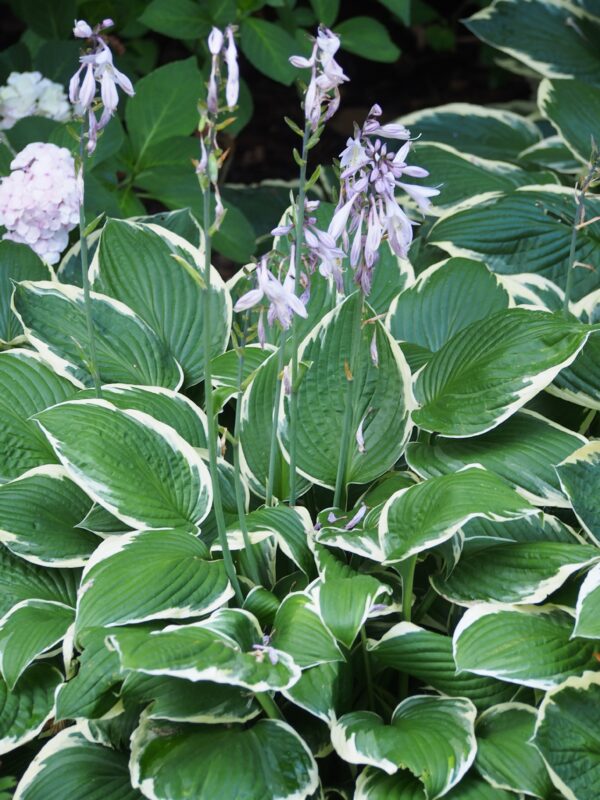
Sometimes, dangers can arise from places you might not expect. For example, if you frequently have guests over who bring flowers or plants, it’s essential to ensure these arrangements do not contain hostas or other toxic varieties. Having open conversations with visitors can prevent accidental ingestions, something that can affect more than just your cat.
What to Do If Your Cat Shows Any Symptoms
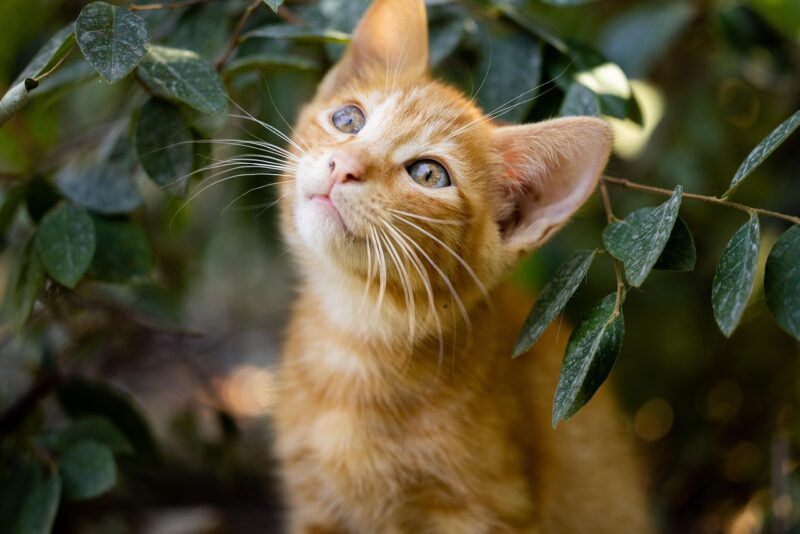
If you suspect your cat has ingested hostas or exhibits symptoms of toxicity, prompt action is crucial. Here’s a quick reference guide on what steps to take:
Stay Calm: Your cat will pick up on your anxiety. Staying calm will help you assess the situation more clearly.
Remove Access: If the plant is still within reach, remove it to prevent further ingestion.
Observe Your Cat: Monitor their behavior and symptoms closely. Take note of any changes, including vomiting, diarrhea, or lethargy.
Contact Your Veterinarian: It’s always best to err on the side of caution. Call your veterinarian, explain the situation, and follow their recommendations. They may suggest bringing your cat in for an examination or monitoring symptoms at home.
Potential Treatments: Depending on the severity and symptoms, your veterinarian may suggest various treatments ranging from inducing vomiting to fluid therapy and medications to settle the stomach.
Conclusion: Hostas and Cat Safety
In the enchanting world of gardening, hostas stand out for their beauty and ease of maintenance. However, it’s essential to acknowledge the potential risks they pose to our feline companions. By understanding the toxic properties of hostas and implementing preventative measures, you can create a safe and enjoyable environment for your cat while still appreciating the lush foliage that hostas provide.


